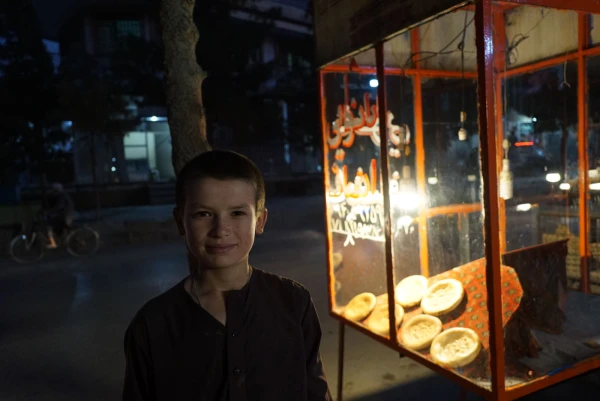
Women on the streets still walk - but in groups.
At the Afghan-Pakistani border, against the backdrop of the first visit of the Afghan Foreign Minister to hostile Pakistan and India, there were armed clashes. The Pakistani army captured 19 Afghan border outposts and attacked, as the Taliban claim, a market. In response, Afghanistan struck at the Pakistani army in the border areas of Angur Adda, Bajaur, Kurram, and Chitral. The exact number of wounded and killed on both sides is still unknown. However, the fighting at the border ceased as unexpectedly as it began.
Afghan-Pakistani border, Torkham crossing. Noon. Stifling heat, humidity, and although summer has already ended, the heat, heat, heat. Queues, concrete barriers, barbed wire fences, noise, hustle and bustle, flies, mountains of luggage, ethnic music with drums and rubab playing on someone's phone, children's cries, shouts of border guards, and smells, many smells. Behind is Peshawar, a four-hour drive with a police convoy — without it, foreigners are not allowed to travel because the surroundings can be unstable — an endless number of photographs and inquiries.
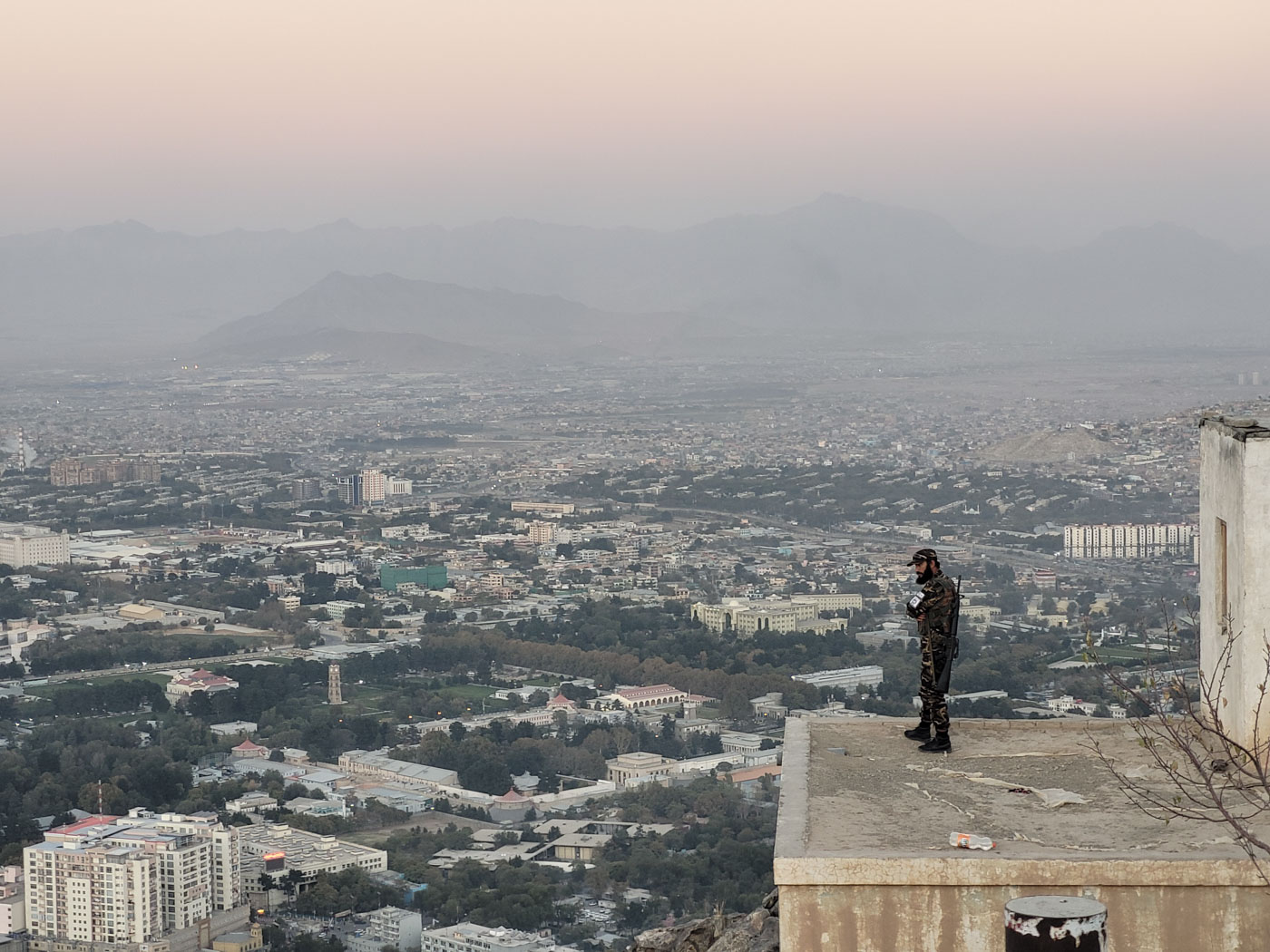
Most of the news from Afghanistan concerns restrictions on women's rights: no work, no education, no going outside without a male relative, no speaking in public, no showing one's face. The first thing I notice in Kabul this time is the number of women on the streets: they walk in groups, pairs, and even alone, and the Taliban, who also often walk in pairs (and sometimes even hold hands), simply do not pay attention to the women. However, these are ordinary Taliban, and there is also the religious police, established by the Ministry of Virtue and Vice — they wear white robes, which is why they are often called doctors, and can arrest for not adhering to the hijab. But today the religious police have clearly gone home, and nothing disturbs the tranquility of the warm September night.
Despite Afghanistan's unenviable reputation, and the foreign ministries of any country regularly advising against travel there, the flow of foreign tourists only grows each year. In the guesthouse, there are Americans planning to shoot videos about Afghan folklore, a New Zealander who decided to cycle from Hanoi to London, a Brit interested in lapis lazuli mines, a Spaniard who loves to travel to dubious countries like Somalia, a Frenchwoman engaged in humanitarian photography, and a couple of dozen others from Germany, China, Poland, Australia, and Bosnia. Some travel with a guide, some alone, their views on the world and budgets vary quite a bit, but they all agree on one thing: it is quite safe in Afghanistan, and the locals are surprisingly hospitable.
The country is cut off from the outside world, families at home have no idea what is happening with you, planes do not fly, banks do not operate, businessmen incur losses, government office employees throw up their hands and ask you to come back tomorrow, and even a taxi ride becomes an adventure: without Google Maps, it is unclear whether the taxi driver has turned where he should have. What is happening is also unclear. There are rumors that Americans are already landing at Bagram Air Base near Kabul, that the Taliban leadership is meeting in Kandahar, that a coup has occurred — in short, there are many rumors, all different and not very pleasant, and when I see a Hercules plane coming in for a landing, I cannot shake the expectation of something very bad for half the day.
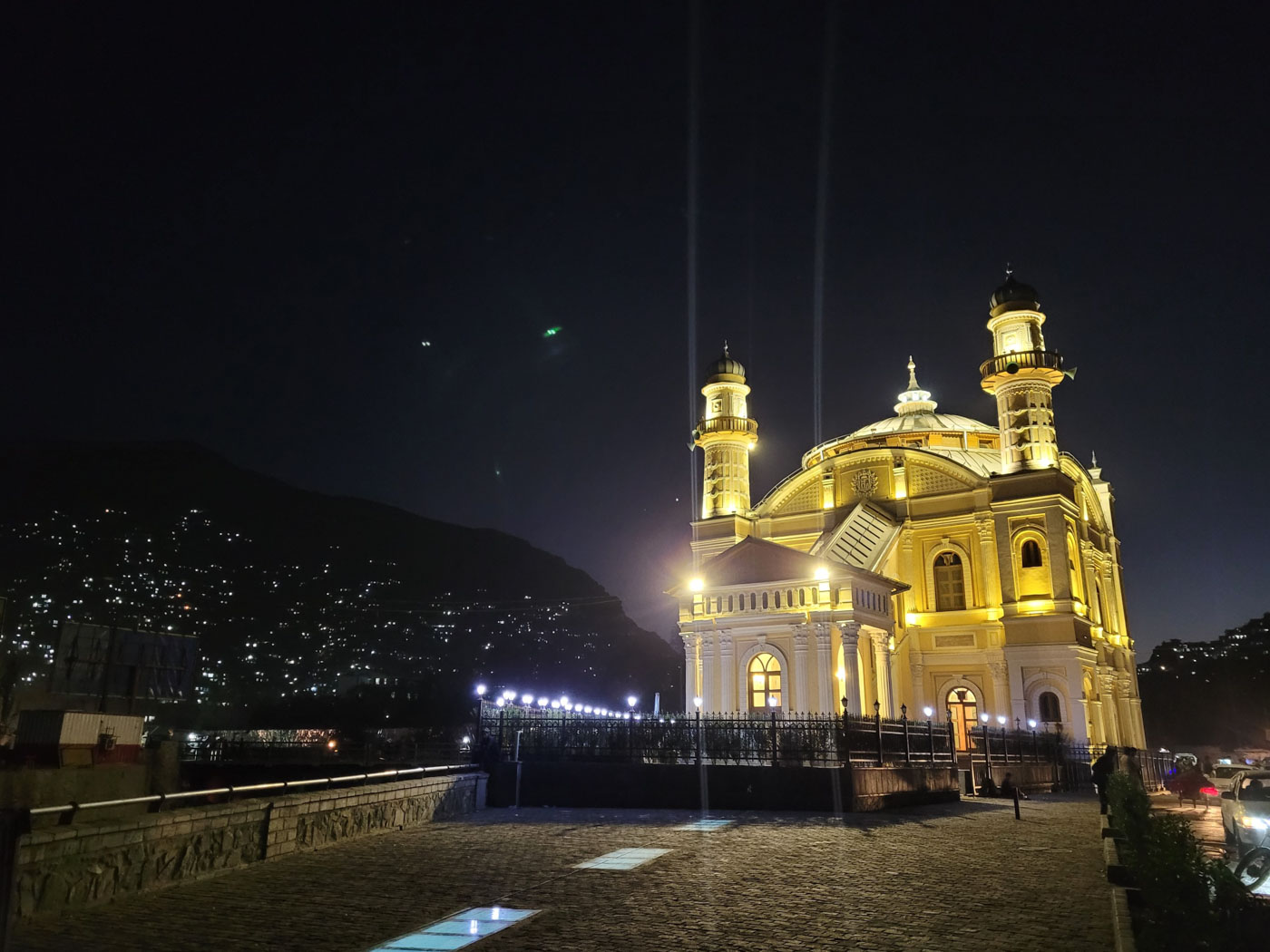
Kabul during the blackout remains the same: restaurants in Shahr-e Naw are full of people, street boys run after me shouting: "Paisa bade! Give me money!" (some particularly inventive ones demand: "Give me money!"), Foreign Ministry employees empty endless teapots of green tea in their offices, ice cream carts play the melody of Happy Birthday to You, and mountains of pomegranates rise on the sidewalks — it is the season.

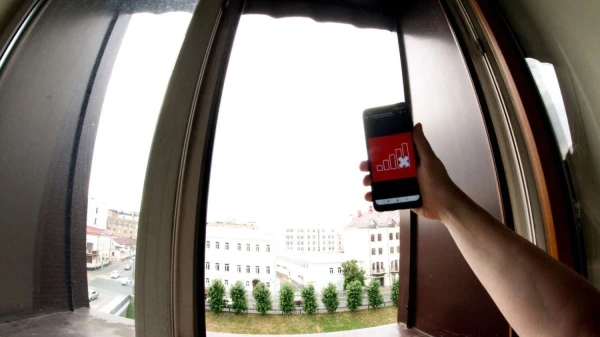

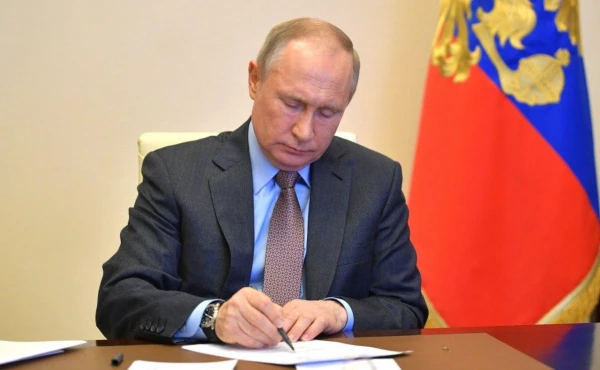
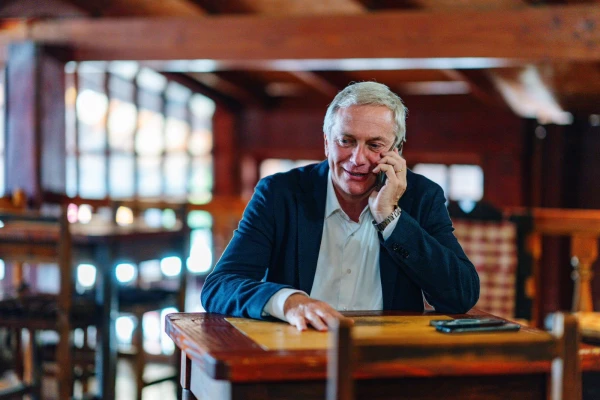
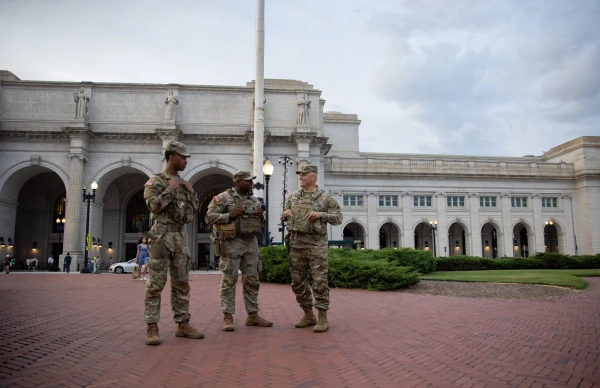
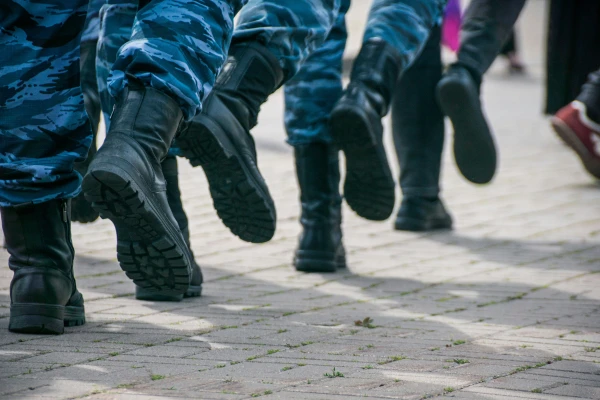
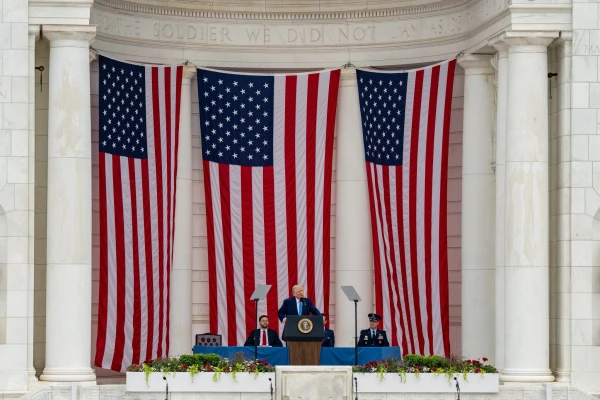
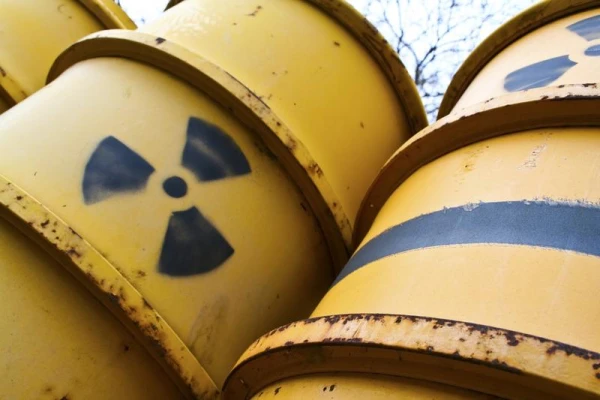

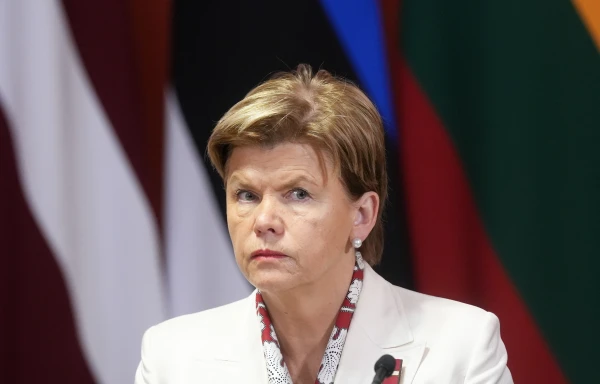
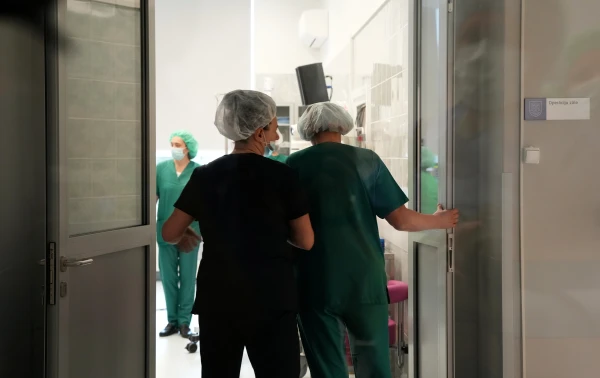


Leave a comment